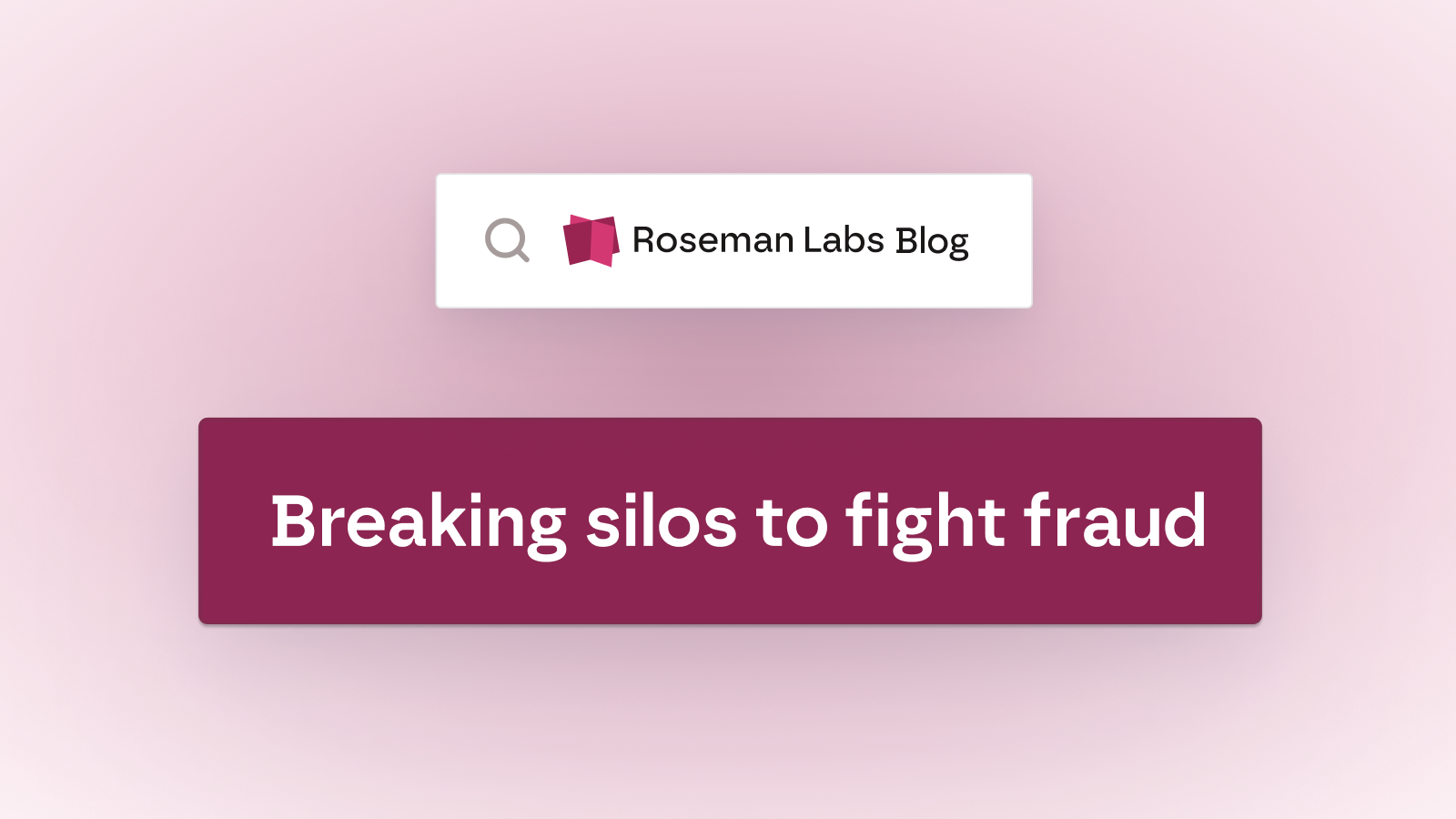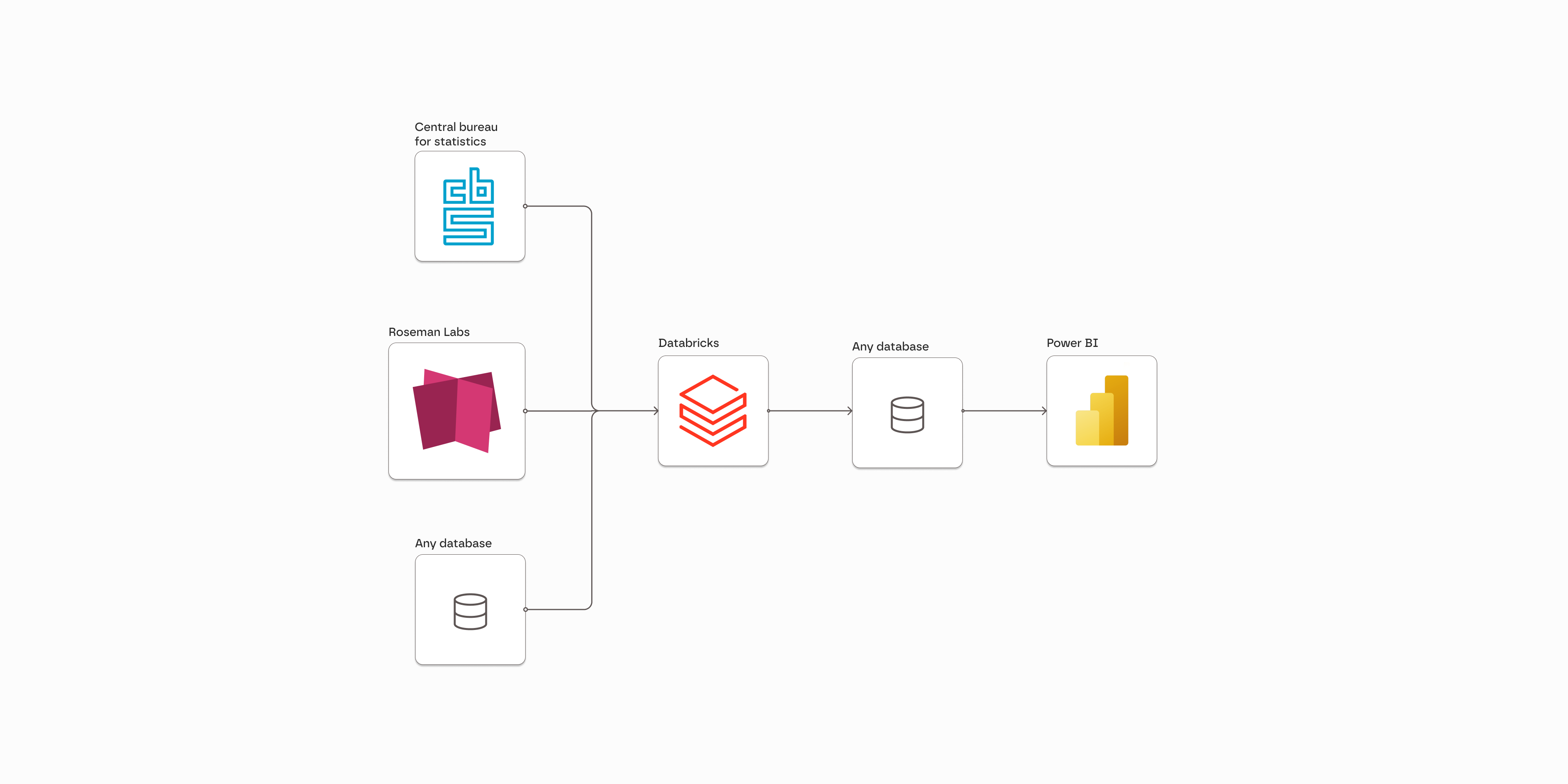
Welcome to our guide on setting up an encrypted dataspace! Dataspaces are used in healthcare, public and private sectors to enable data-driven collaboration and improve services. This guide is to help you set up a secure data sharing environment.
What is a dataspace?
A dataspace is a trustworthy setup for the sharing of data across organizations, often in a consortium. In most cases, a dataspace is used to improve a service, for combined research, or for measuring policy effectiveness.
A dataspace accelerates collaboration on data, as it enables parties to securely share and analyze data, with strong guarantees for privacy and data control for all parties involved. The exciting aspect of a dataspace is that the increased situational awareness promotes further collaboration within the consortium.
See how NCSC’s dataspace led to the takedown of a ransomware group.
Key principles of an encrypted dataspace
When using a dataspace based on the Roseman Labs platform, three important principles are:
- Partners can share data at a detailed level and use it as a single source.
- The dataspace offers strong guarantees for the privacy and confidentiality of the data of the partners.
- The partners maintain strict control over what happens with their own data.
Hence, a dataspace allows all parties to provide detailed data to the consortium, conduct analyses on the combined data, while offering strong privacy and data protection guarantees to all involved.
Governance of the dataspace
A dataspace often supports a consortium’s development of data-driven products or services. The partners involved develop a research agenda, work to make quality data available, establish common data definitions and perform analyses together.
The dataspace, or consortium, is governed by a Steering Group, which consists of representatives from the consortium partners. The Steering Group sets the strategic goals of the dataspace, oversees its execution and ensures the conditions for success are fulfilled, such as compliance and commitment from the partners. Below the Steering Group is a Working Group, consisting of subject matter experts. This Working Group fulfills the most important analytical tasks, such as preparing the research agenda and the actual analyses.
Parties and their responsibilities
Setting up and running a typical dataspace requires various roles. Often, there is one organization that coordinates the consortium and provides a project leader to manage the collaboration.
For starting up a dataspace, plan at least 1-3 months. The following capacity is required at a minimum:
- Project leader: 0.5-1.0 day/week
- Privacy specialist: 0-2 hours/week (at each participating party)
- Security specialist: 0-2 hours/week (from the coordinator of the dataspace)
- Data scientist/data engineer: 0-4 hours/week
During the running of the dataspace, working towards subsequent analysis results:
- Project leader: 0.5-1.0 day/week
- Data scientist/data engineer: 2-4 hours/week
Short-term plan
Below you will find a hypothetical step-by-step plan for implementing the dataspace, assuming it is part of a wider consortium. Some tasks may be logical to run in the overarching program.
- Month 1: Set up the Steering Group and Working Group, define Project Goals, involve privacy and security experts early, investigate first needs, define short-term focus.
- Month 2: Conduct privacy and compliance reviews, define first data extraction, prepare and test data extraction from existing systems, plan data standardization effort, prepare first analyses.
- Month 3: Collect first datasets, identify initial standards, finalize privacy, compliance and security review, set up broader communication plan.
- Month 4: Run first analyses on production data, write first data standardization proposal, conduct feedback rounds with your consortium stakeholders.
- Month 5: Implement dataspace improvements, define follow-up analyses, conduct training and workshops, implement standardization.
- Month 6: Evaluate the effectiveness of the dataspace, plan for the following phase, launch dataspace to the public.
This plan is a template based on our current experience of setting up dataspaces with over 150 organizations as of July 2024. If you want to learn more, please download our detailed project plan below. W e hope it will help you get on your way and are happy to help where needed.
Supporting your encrypted dataspace
By planning for early first results and working incrementally, you will kick-start a learning cycle that motivates participants to drive and expand the collaboration independently.
It is a real pleasure to see this pattern across all the dataspaces we support! We look forward to helping you set up your dataspace and sincerely hope this document helps you to get started.
If you have questions or suggestions about this document or your journey, let us know. Feel free to share your thoughts with us, visit the documentation on our website and connect with us on LinkedIn. Good luck!
You can download the full PDF version of this article here.
A short checklist for setting up a dataspace is available on our help center.
Generate new insights on sensitive data with Roseman Labs’ secure Multi-Party Computation technology. Curious how your organization can do that? Contact us using the form below.
“To create ingenious solutions that protect privacy and empower collaboration”
- Roseman Labs Mission, 2023+
Book a demo
Enter your details and we'll be in touch to book a free, no-obligation demo with you.
- Analyze vast amounts of data in the blink of an eye
- Safely use sensitive data with state-of-the-art encryption
- Gain new insights to make well informed decisions



